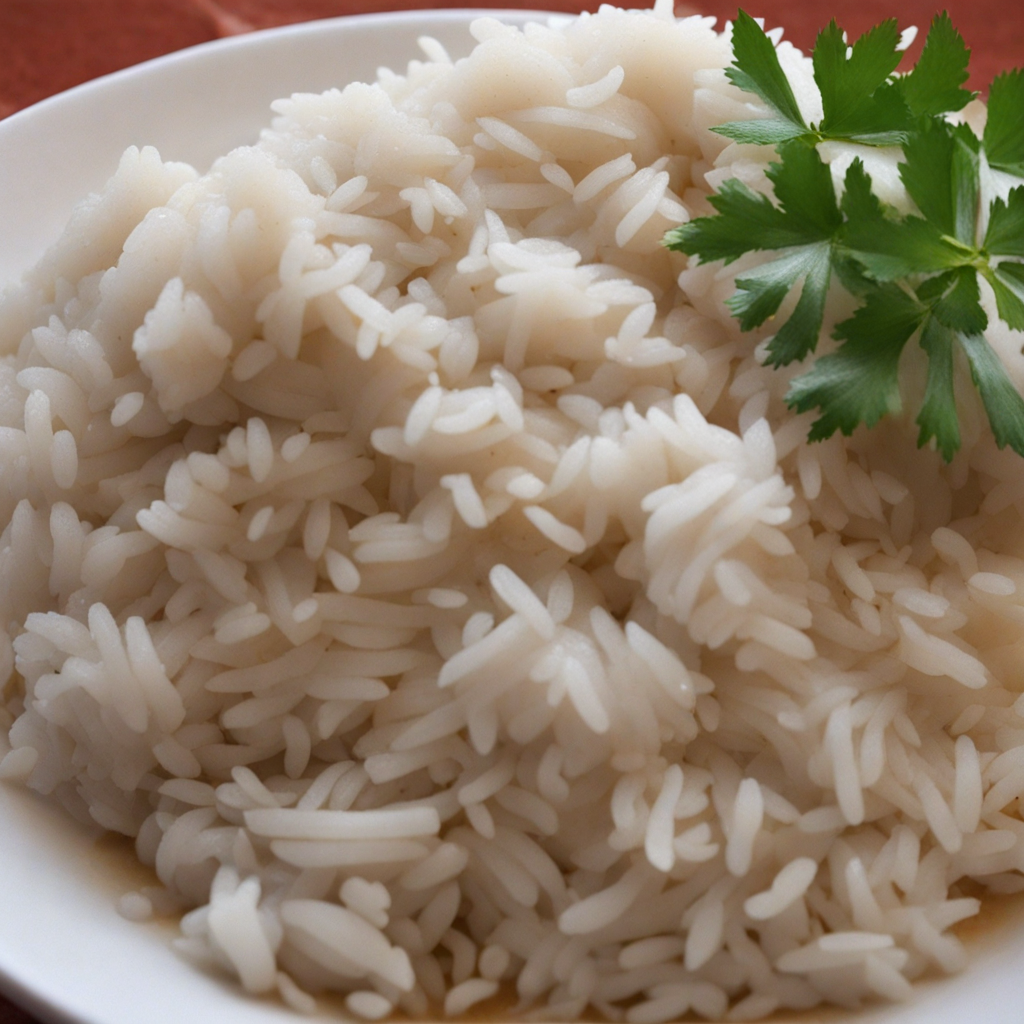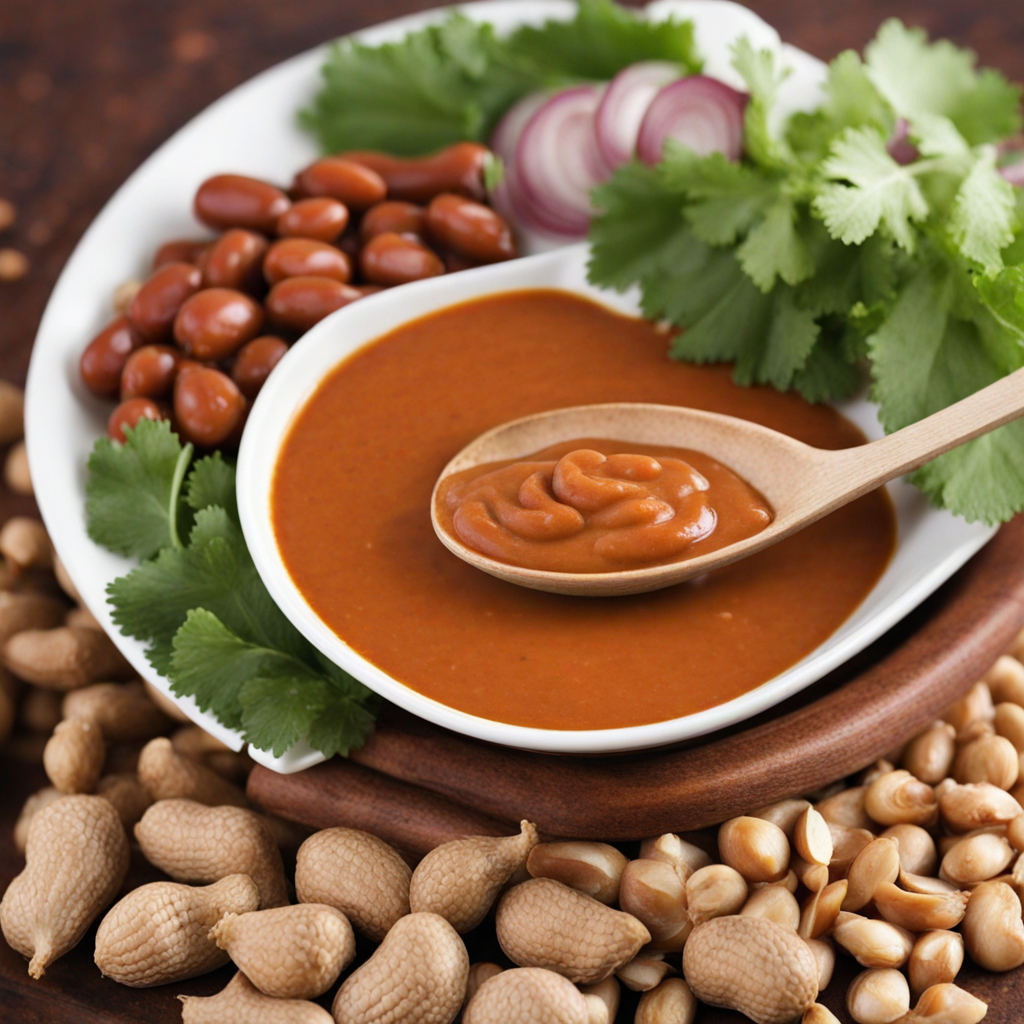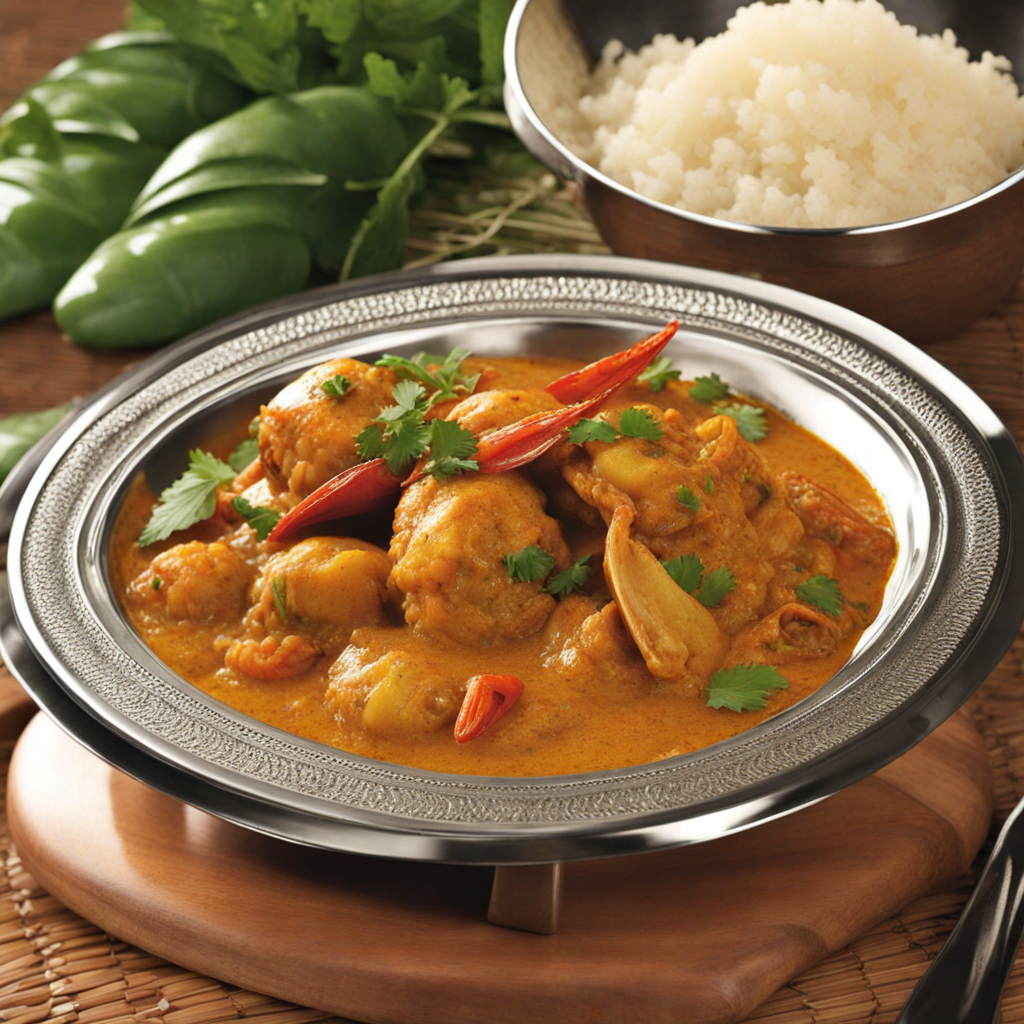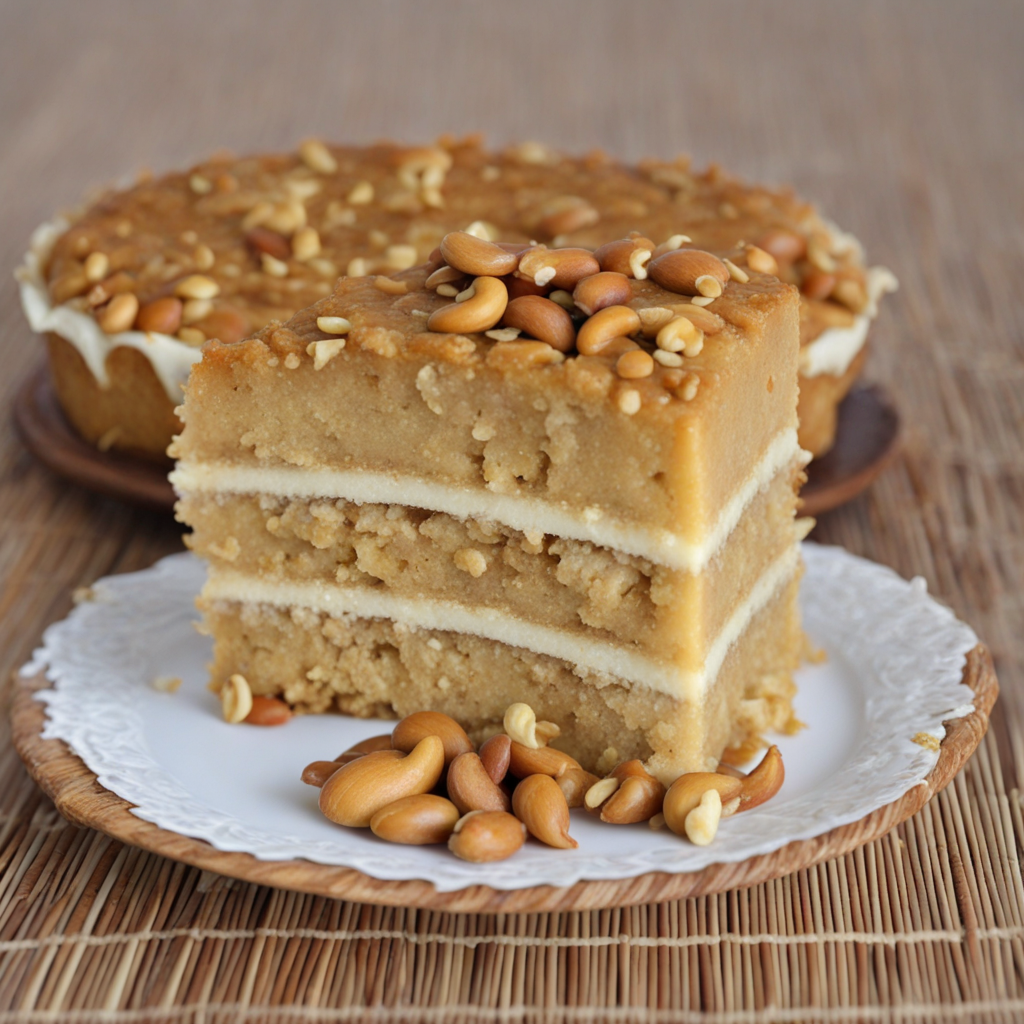Mucapata
Mucapata is a traditional Mozambican dish that showcases the rich culinary heritage of the region, blending indigenous ingredients with influences from Portuguese cuisine. This delightful dish typically consists of a hearty mixture of cornmeal, beans, and vegetables, often accompanied by a variety of spices that bring depth and warmth to each bite. The cornmeal is cooked to a creamy consistency, creating a comforting base that absorbs the flavors of the other ingredients beautifully. The inclusion of local vegetables, such as leafy greens and root vegetables, not only enhances the nutritional value but also adds vibrant colors and textures to the dish. One of the standout features of Mucapata is its versatility. While the base ingredients remain consistent, the dish can be customized with various proteins, such as fish, chicken, or even a medley of local seafood, depending on the region and seasonal availability. This adaptability allows home cooks and chefs alike to experiment with flavors and create their own versions of Mucapata, making it a beloved staple in many Mozambican households. The careful balance of spices, including garlic, onion, and sometimes a hint of chili, elevates the dish, making it a delightful experience for the palate. Served warm, Mucapata is often enjoyed as a communal dish, bringing friends and family together around the table. It is typically accompanied by a refreshing salad or a spicy sauce, enhancing the overall dining experience. The combination of textures—from the creamy cornmeal to the tender beans and crisp vegetables—offers a satisfying mouthfeel, while the robust flavors transport you to the vibrant streets of Mozambique. For those looking to explore a new culinary adventure, Mucapata promises to be a dish that not only tantalizes the taste buds but also tells a story of culture and tradition.
How It Became This Dish
Mucapata: A Culinary Journey Through Mozambique Introduction Mozambique, a vibrant country located in southeastern Africa, is known for its rich cultural tapestry, shaped by centuries of indigenous traditions, colonial influences, and the diverse peoples who have inhabited the region. Among the many culinary treasures that emerge from this land, mucapata stands out as a dish emblematic of Mozambique's rural heritage and communal spirit. This delightful meal, primarily made of maize and often accompanied by various ingredients, has deep roots in the country's history and continues to evolve, reflecting the changing dynamics of Mozambican society. Origins of Mucapata The origins of mucapata can be traced back to the indigenous communities of Mozambique, particularly among the Bantu-speaking peoples. Maize, or corn, was introduced to Africa from the Americas in the late 15th century and quickly became a staple crop in many regions, including Mozambique. The adaptability of maize allowed it to flourish in the country's diverse climates, leading to its central role in the local diet. Mucapata is a traditional dish that embodies the simplicity and resourcefulness of rural Mozambican cooking. Typically prepared by cooking maize flour with water to create a thick porridge-like consistency, mucapata serves as a base for various accompaniments, such as vegetables, meats, or fish. The dish is often seasoned with local spices and herbs, enhancing its flavor and nutritional value. Cultural Significance Mucapata is more than just a dish; it is a symbol of togetherness and community. In rural areas, it is common for families and friends to gather around a communal plate of mucapata, sharing stories and laughter as they eat. This communal aspect of dining is deeply rooted in Mozambican culture, where food serves as a medium for social bonding and cultural expression. The preparation of mucapata often involves collaboration among family members, with each person contributing to the process. This not only reinforces familial ties but also passes down culinary knowledge from one generation to the next. In a country where oral traditions are vital, the act of cooking and sharing mucapata becomes a way to preserve cultural heritage. Moreover, mucapata holds a special place in various ceremonies and celebrations. It is often served during significant life events, such as weddings, funerals, and harvest festivals, symbolizing abundance and the importance of community support. The dish also reflects the agricultural calendar, as it is typically prepared with fresh ingredients sourced from local farmers, emphasizing the connection between food, land, and people. Development Over Time As Mozambique navigated historical challenges, including colonialism and civil conflict, mucapata adapted and transformed, mirroring the resilience of its people. The Portuguese colonization of Mozambique, which began in the late 15th century, introduced new ingredients and cooking techniques, influencing the traditional preparation of mucapata. While maize remained the core component, the incorporation of spices, beans, and other local vegetables began to enrich the dish's flavor profile. Following Mozambique's independence in 1975, the country underwent significant social and economic changes. The civil war that ensued from 1977 to 1992 had a profound impact on food security and agricultural practices. Many families were displaced, and traditional farming methods were disrupted. During this time, mucapata became a symbol of resilience, as communities relied on their culinary heritage to sustain themselves amidst adversity. In the post-war era, Mozambique embraced a renewed focus on agriculture and food security, leading to a resurgence of traditional dishes like mucapata. Farmers began to cultivate maize again, and efforts to promote local cuisine gained momentum. This revitalization was not merely about food but also about restoring cultural identity and pride in Mozambican heritage. In recent years, mucapata has continued to evolve, influenced by globalization and changing culinary trends. Urbanization has led to new interpretations of the dish, with chefs and home cooks experimenting with fusion flavors and contemporary presentation styles. While traditional mucapata remains beloved, variations that incorporate international ingredients or modern cooking techniques have emerged, reflecting the dynamic nature of Mozambican cuisine. Mucapata Today Today, mucapata is celebrated not only as a traditional dish but also as a symbol of Mozambique's culinary diversity. It can be found in local markets, street food stalls, and restaurants, often served alongside a variety of stews, grilled meats, or fresh vegetables. The dish has gained recognition beyond Mozambique's borders, with food enthusiasts highlighting its simplicity and heartiness. Culinary events and festivals in Mozambique often feature mucapata as a centerpiece, showcasing the dish's versatility and cultural significance. Chefs pay homage to traditional recipes while also experimenting with innovative presentations, making mucapata a focal point for both locals and tourists seeking an authentic taste of Mozambican culture. Moreover, initiatives promoting food tourism and sustainable agriculture have recognized mucapata as a means to connect visitors with the country's rich culinary heritage. Cooking classes and culinary tours often include mucapata preparation, allowing participants to engage with local communities and learn about the history and significance of this beloved dish. Conclusion Mucapata is more than a meal; it is a testament to the resilience, creativity, and communal spirit of the people of Mozambique. From its humble origins as a staple food of indigenous communities to its role as a cultural symbol in contemporary society, mucapata reflects the myriad influences that have shaped Mozambican cuisine over the centuries. As it continues to evolve, mucapata remains a cherished dish that embodies the heart and soul of Mozambique, inviting both locals and visitors to gather around the table and partake in the rich traditions of this beautiful country.
You may like
Discover local flavors from Mozambique







